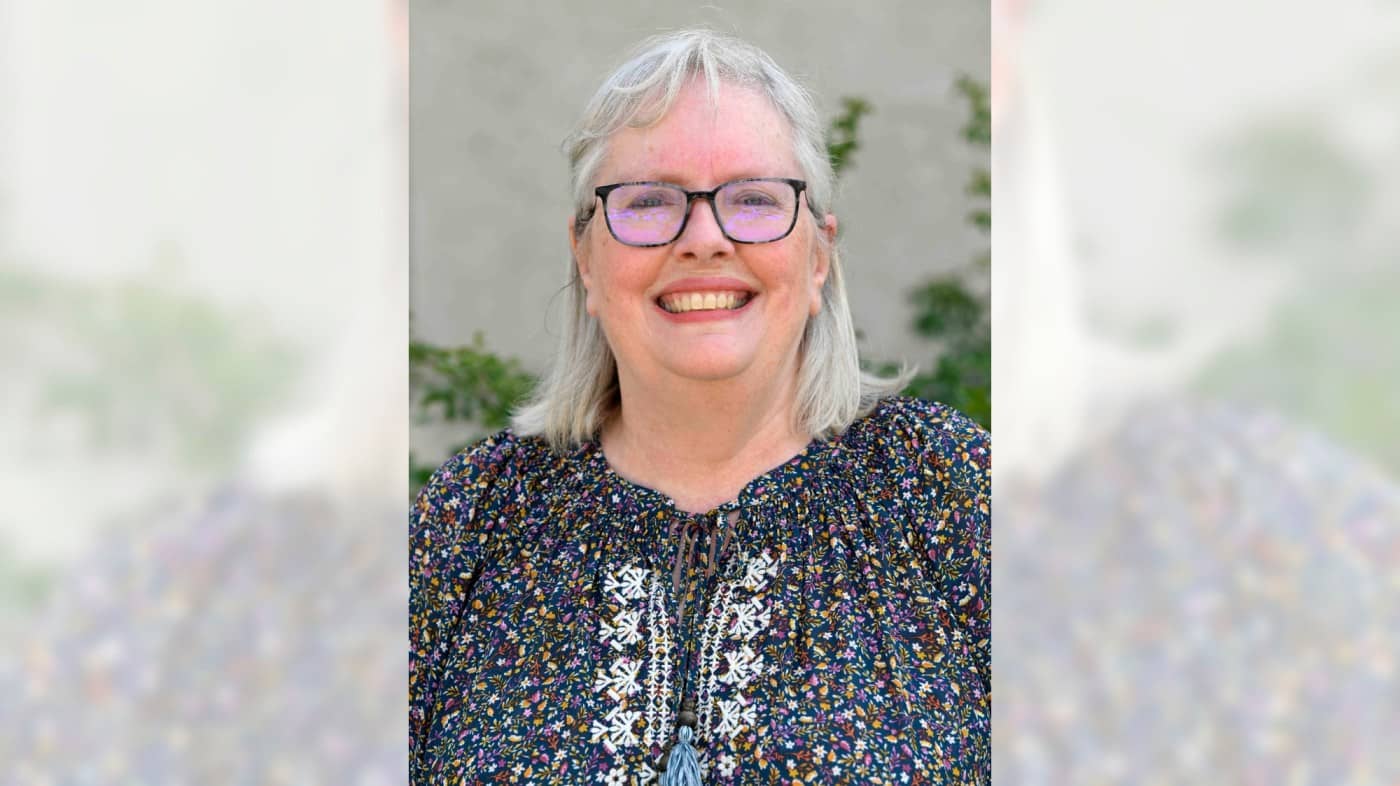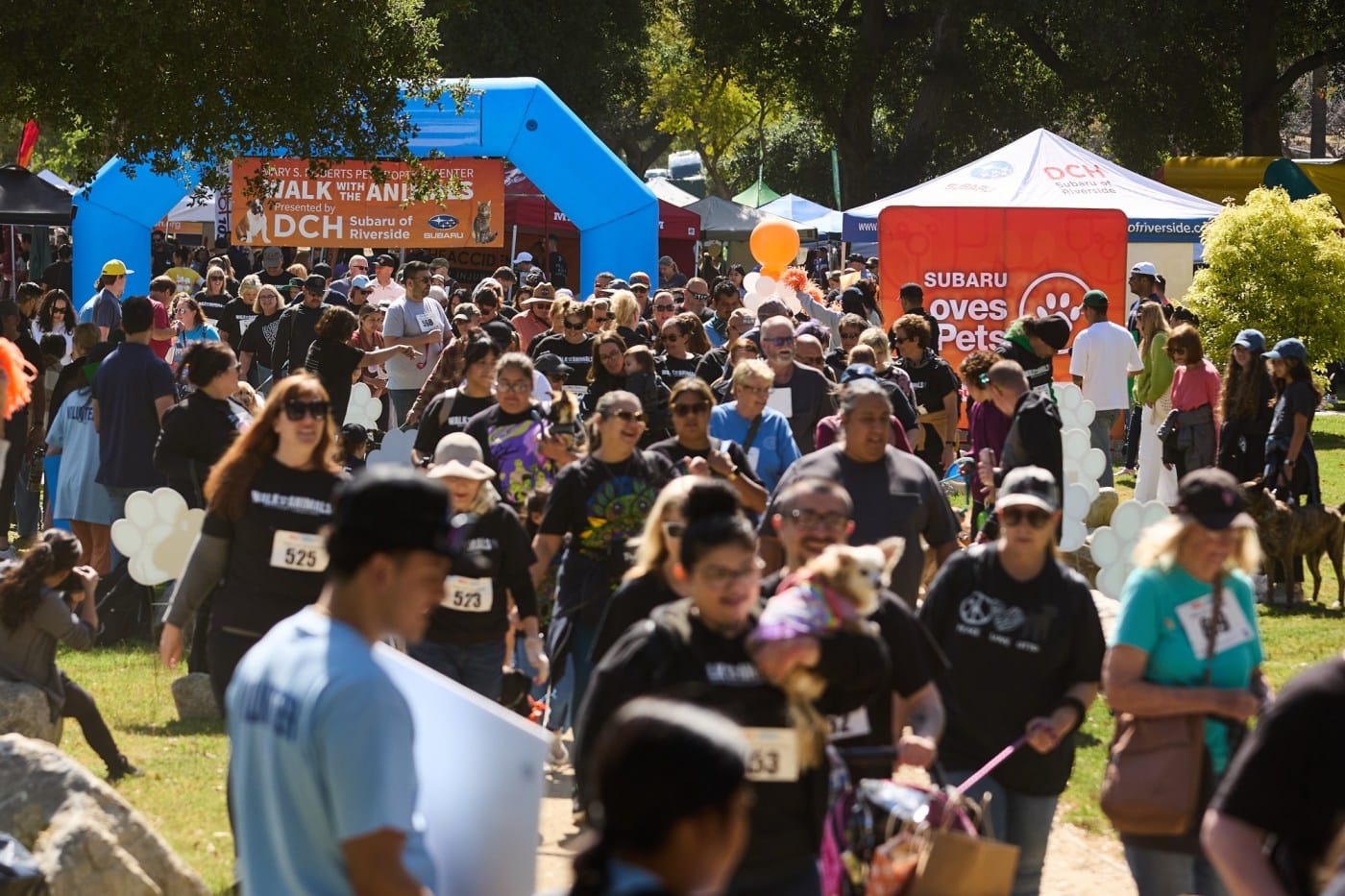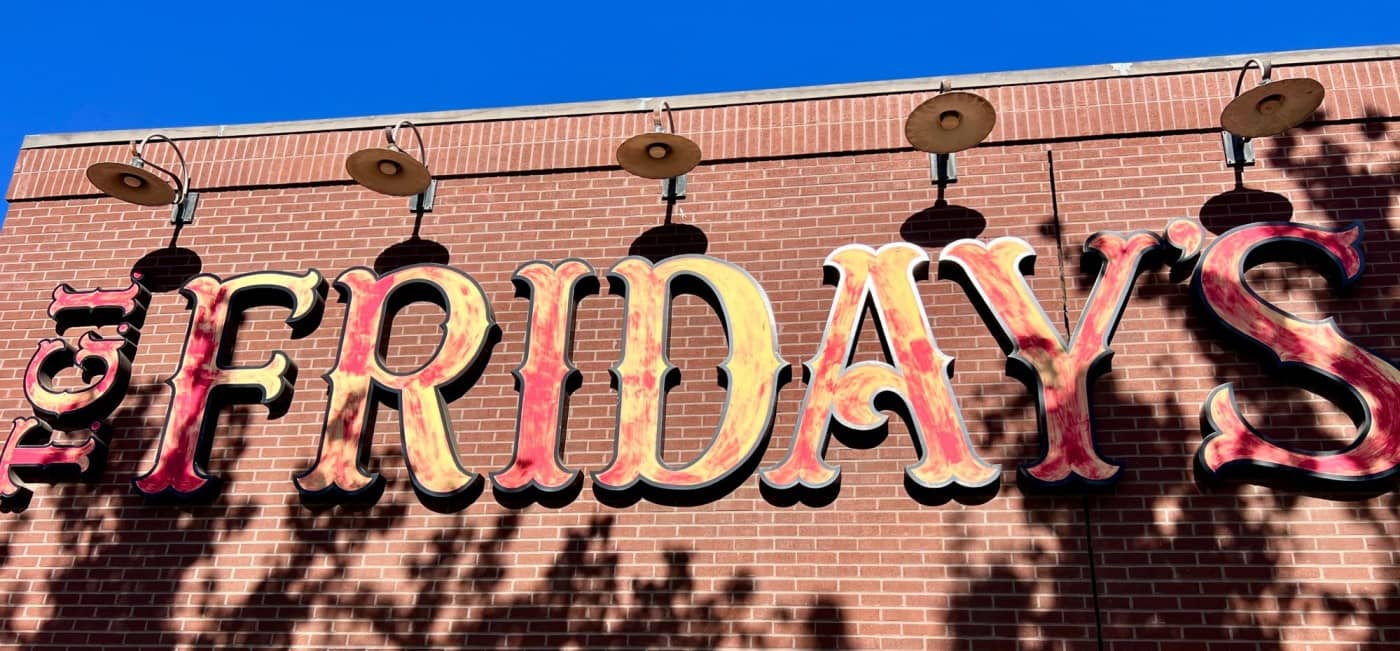Occasionally as I am doing historical research something catches my eye and I want to know more. Such was the case when I was researching the history of the Pedley School in Jurupa Valley in the old Riverside newspapers.

In an article from Sept. 17, 1911, the newspaper mentioned the new Pedley School district included the Comstock Ranch, irrigated by the Comstock Ditch. I had never heard of the Comstocks, their ranch or their ditch so I couldn’t resist looking for more information.
I looked at my two main sources: old Riverside newspapers and census records. I was able to find the Comstock family in the 1880 census, living in the Riverside area.
In 1880, the head of the family was Martin Comstock, who was 48. He listed his occupation as sheep raiser. His wife Mary was listed as “keeping house.” Her age was listed as 60, but additional research suggests this is incorrect. According to her headstone she would have been 54 in 1880.
Martin and Mary had two sons: Henry was 22 and John was 19, at the time. Also living in the family home was Mary’s son. His name was Frank Hinman and he was 25. John and Henry were listed as laborers, but Frank was a sheep raiser like his stepfather. Further research turned up a daughter, who was married by the time the 1880 census was taken and no longer living with her parents.
By 1886, the Comstocks had moved to the Jurupa area.
The first reference to Martin Comstock in the Riverside newspapers was in March 1890. He was appointed, along with two other men, as a “viewer,” concerning the granting of a petition for a “change of road” in the then-named West Riverside. In July 1890 both Martin and Frank’s names appeared in a legal notice in the paper. They were witnesses to another man’s petition to show he had “proved up” on his homestead application.
No more was written about Martin until March 26, 1892. That day a notice appeared in the Riverside Enterprise announcing his death the previous day, at age 61 and 21 days. He was buried in Evergreen Cemetery in Riverside.
On June 26, 1896 the Enterprise announced in an article titled “Proved Up,” that Mary E. Comstock had made final proof on her homestead claim. The Homestead Act was signed into law in 1862 by President Abraham Lincoln. Each homesteader was allowed to claim a 160 acre parcel of property. If they built a home on the property, made improvements, and farmed the land for five years, at the end of that time they could get ownership. The process was known as “proving up.”
Mary died less than a year later, in January 1897. She was buried next to her husband at Evergreen Cemetery.
After Mary died it became harder to find information on the family. I discovered the youngest son, John, married and had four sons, George, Samuel, Peter and Stanley.
Middle son Henry seems to have had a few brushes with the law. On one occasion he borrowed a horse to go to Anaheim, but then actually sold the horse to someone else. Another time he became drunk and stole a neighbor’s buggy. He was given a 90-day suspended sentence, which included returning the buggy and remaining sober for the three-month period.
The biggest Comstock family mystery surrounded Mary’s son Frank Hinman. In late November 1899 he was found dead at a quarry west of Colton, near Cucamonga. A coroner’s inquest determined he died of apoplexy, a term used in the past to describe a sudden death, most likely from stroke or heart attack. Hinman was buried in Evergreen Cemetery. His obituary said he was a well-known citizen of West Riverside with a good ranch.
I was glad I was able to at least partially solve this “mystery of history” and identify this forgotten early pioneer family of the Inland Empire.
If you have an idea for a future Back in the Day column about a local historic person, place or event, contact Steve Lech and Kim Jarrell Johnson at backinthedaype@gmail.com.



